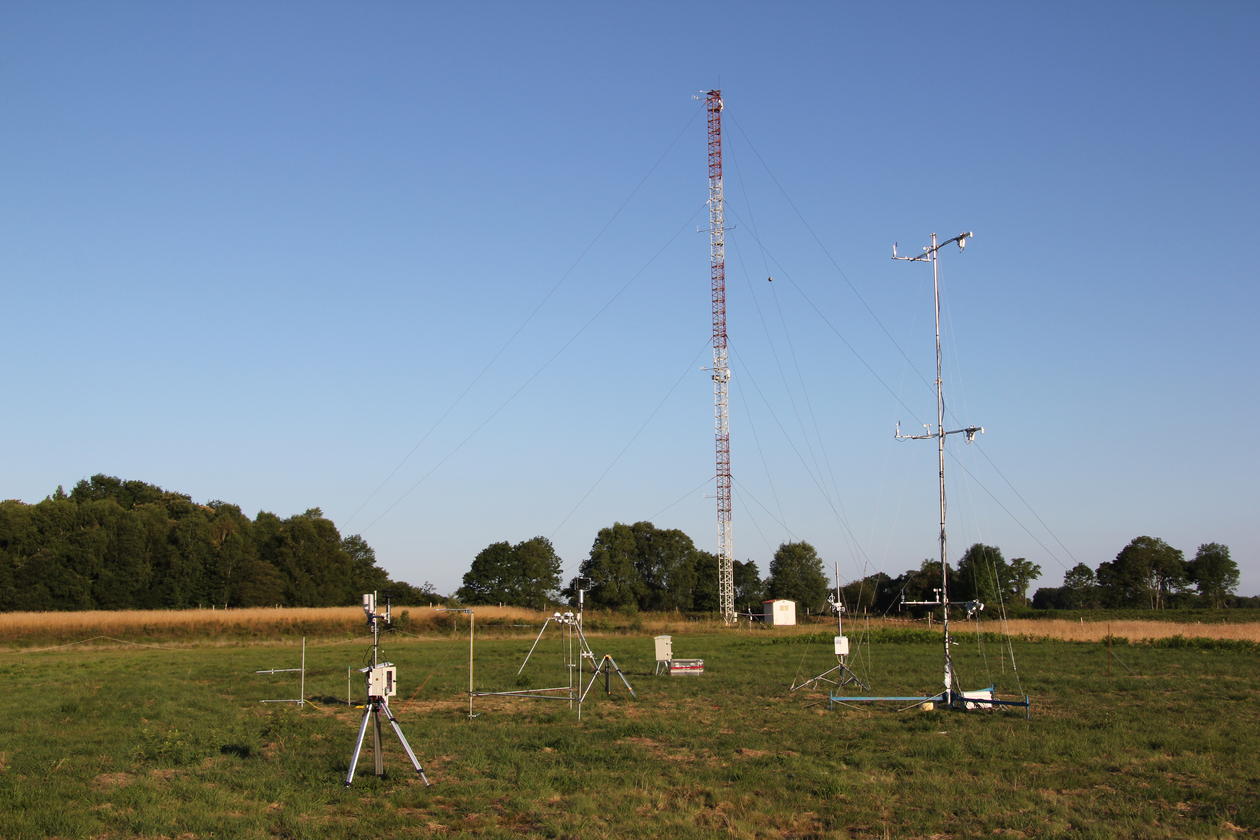BLLAST
Boundary Layer Late Afternoon and Sunset Turbulence

Hovedinnhold
Growth of the convective planetary boundary layer (CBL) over land in the middle of the day due to solar heating of the Earth's surface has been extensively observed and relatively sucessfully modelled. But the early morning transition - when the CBL emerges from the noctural boundary layer - and the late afternoon transition (LAT) - when the CBL decays to an intermittently turbulent residual layer overlying a stably-stratified boundary layer - ar difficult to observe and model due to turbulence intermittency and anisotropy, horizontal heterogeneity, and rapid time changes. Even the definition of the boundary layer during these transitional periods is fuzzy, since there is no consensus on what criteria to use and no simple scaling laws to apply. Yet they play an important role in such diverse atmospheric phenomena as transport and diffusion of trace constituents, wind energy production, and convective storm initiation. The residual layer can be incorporated into the overlying free troposphere, so that water vapour and polluants emitted at the surface and diffused throughout the CBL during the day can become isolated from the boudnary layer and may be transported over long distances with no intercation with the surface.
At some point in the afternoon, the surface buoyancy flux is not large enough to maintain turbulent mixing throughout the CBL, especially for a deep CBL. Yet, vertical motions of up to 1 ms-1 extending horizontally over several km have been observed, most notably by free-flight pilots. The reason for this large-scale uplift is unclear; possibilities include surface variability and orography that can induce mesiscale circulations. The scale of these upcrafts during the transition seem to be larger than the turbulent scales of vertical transfert during the middle of the day. Previous large-eddy simulation (LES) studies showed that during that period of the day, a decoupled residual layer, whithin which turbulence is still active (Pino et al, 2004), develops above the stably-stratified surface layer and is characterised by a larger-scale upcrafts than the mid-day eddies (Sorbjan 1997). They persist even when the surface buyancy flux turns negative. Quantitative observational evidence for this circulation is lacking, partly due to the difficulty of measuring weak turbulence and mean circulations in transitory conditions and at larger scales. Thus thos phase of the diurnal cycle remains largely unexpored, from both modelling and observational perspectives.
Initiated in 2008, the Boundary Layer Late Afternoon and Sunset Turbulence (BLLAST) project is gathering about thirty research scientists from the European Union and the United States to work on this issue. The overall objective of BLLAST is to make more and better observations of the LAT, so as to better understand the physical processes that control it, and elucidate the role of the LAT on mesoscale and turbulence scale motions, and on species transport.
In summer 2011 GFI participated with 3 SUMO aircrafts, a 10 m meteorological mast and an eddy-covariance energy balance station in a 5 week BLLAST field campaign in Lannemezan, France.
More information on the BLLAST project homepage
Duration: 2008-
Contacts at GFI:
Joachim Reuder
Marius Jonassen

